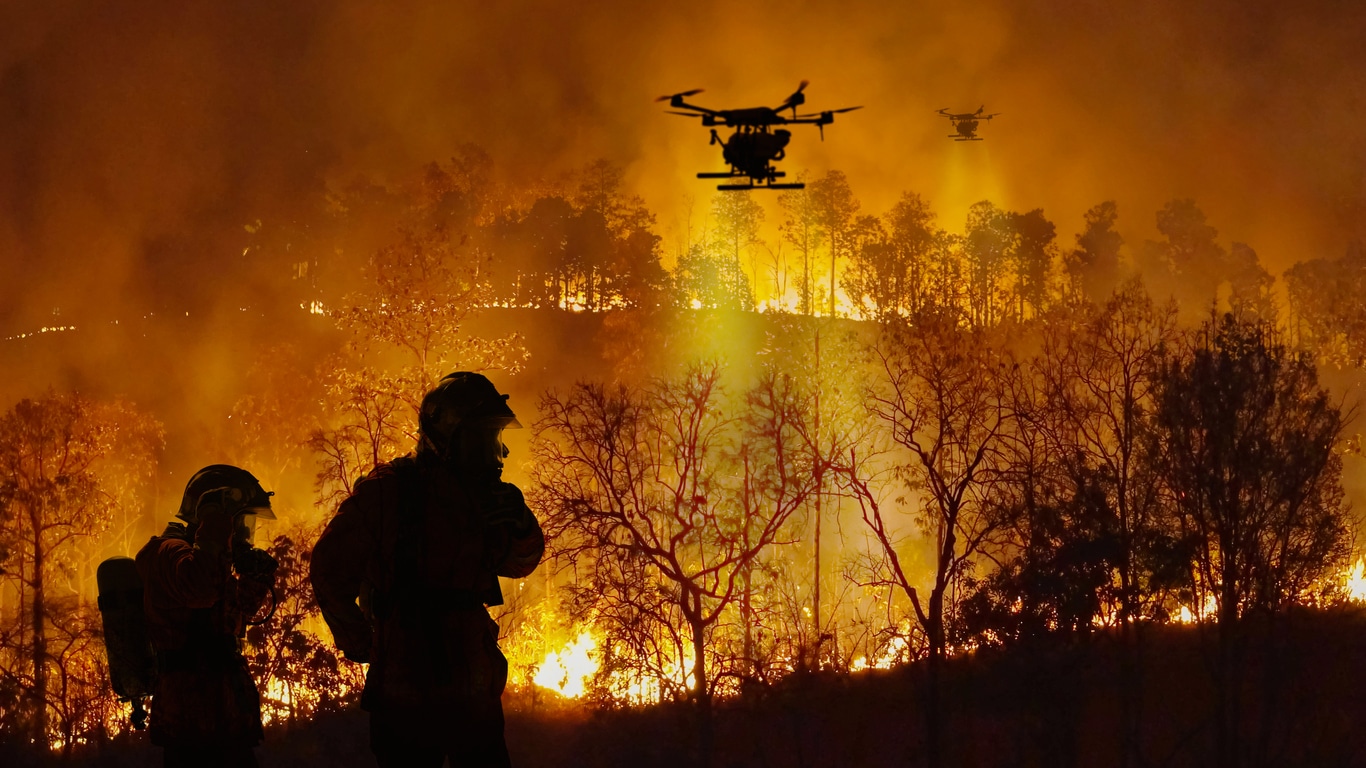In recent developments that underscore the growing impact of climate change on real estate and insurance industries, several major insurance providers have begun withdrawing from California, citing unprecedented wildfire risks. This move has left many homeowners struggling to secure or afford insurance for their most valuable assets.
Skyrocketing Premiums and Dropping Policies
As reported by Wired, leading insurance companies, including Allstate, Liberty Mutual, and State Farm, have taken drastic measures in response to the intensifying wildfire seasons. Allstate has halted accepting new customers, while Liberty Mutual and State Farm have ceased renewing policies for numerous longstanding clients.
Suzanne Romaine, a resident of northern California’s Siskiyou County, shared her family’s plight with Wired, revealing that after nearly 75 years with State Farm, they received a cancellation notice this past July. This shift has forced many like Romaine to turn to state-operated insurance plans, which come at a much higher cost.
The Science Behind the Decisions
The growing frequency and severity of wildfires are directly linked to rising global temperatures. Char Miller, a professor of environmental analysis at Pomona College, explained that the desiccation of vegetation due to warming has turned large landscapes into tinderboxes, ripe for ignition. California has experienced some of its largest and most destructive wildfires in recent years, accumulating over $30 billion in losses since 2017.
Regulatory Challenges and Economic Implications
The state’s stringent fire insurance regulations, coupled with economic pressures, have compounded the challenges. According to David Russell, a professor of insurance and finance at California State University, Northridge, insurers are increasingly selective about whom they cover due to the artificially low premiums enforced by regulatory caps. This has led to a significant reduction in market participation by private insurers.
Efforts to Stabilize the Market
In response to these challenges, California has launched its Sustainable Insurance Strategy, aiming to integrate modern wildfire risk models that consider future projections rather than solely historical data. This initiative includes the development of a public risk model to counteract the potential overestimation of future risks by private models, which often leads to inflated premiums.
The state is also speeding up the approval process for rate increases, hoping to encourage private insurers to re-enter the market. “There are changes afoot that could bring insurance supply back to the market. This cannot happen fast enough,” Russell commented, highlighting the urgent need for solutions in a market that is increasingly leaving homeowners vulnerable.
As California grapples with the dual challenges of climate change and market dynamics, the situation remains fluid, with significant implications for homeowners and the insurance industry at large.













